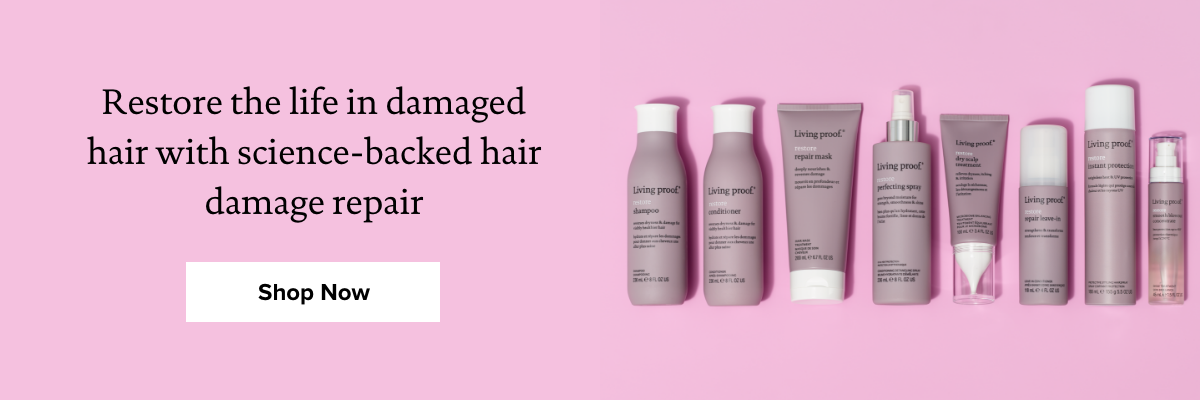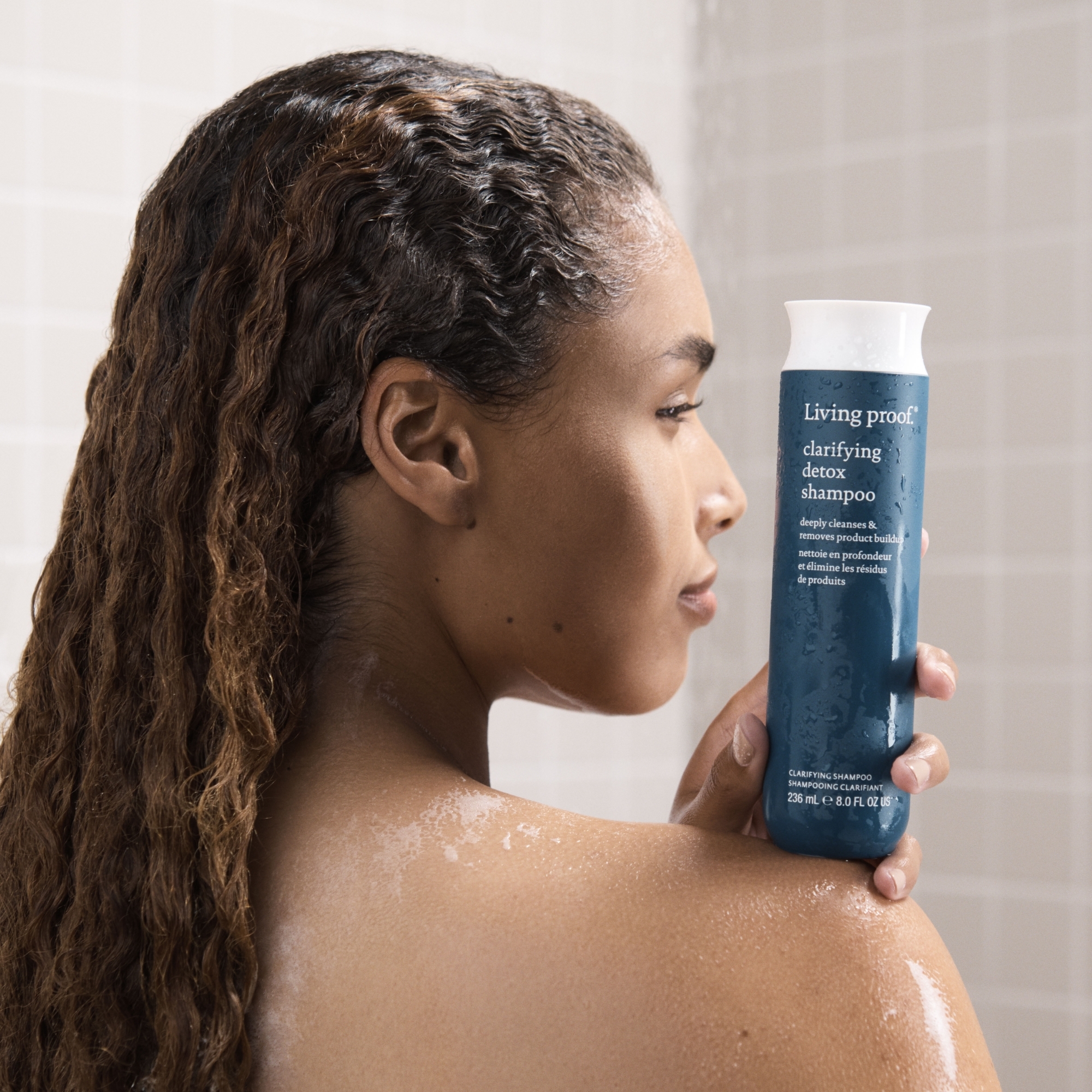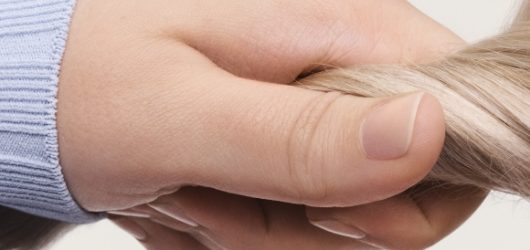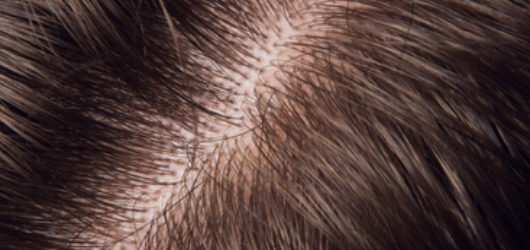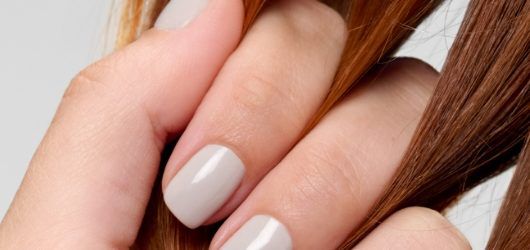
How to treat split ends 101
Has your hairbrush been harboring a few too many hair strands lately? Or maybe you’ve been noticing excess frizz throughout the day. Not to worry, split ends are not the end of the world. You can take charge and control of your hair by treating your ends with attention and care.
If you’re wondering how to treat split ends, you’re not the only one. When it comes to achieving that healthy hair sheen, there are plenty of avenues to help you get there.
What are split ends?
Before we tackle the ends, we must identify the root of the issue. You’ve likely heard the term ‘split ends’ tossed around, but what are split ends, exactly?
The scientific term for ‘split end’ is trichoptilosis. Essentially, excessive damage can cause your hair cuticle to split into two (or more) strands.1 As a result, the hair can appear frizzy or feathery when dry.
How to treat split ends
Now that you know the basics, let’s dive into how to fix damaged hair when it comes to split ends. Split ends may occur regularly, which means you can treat them regularly. We’ve composed a list of the most effective actions you can take to help prevent and smooth over split ends. So whether you sport straight locks or springy curls, there are several ways (like trying a bond builder) to help you tackle hair damage and promote your hair strand’s integrity.
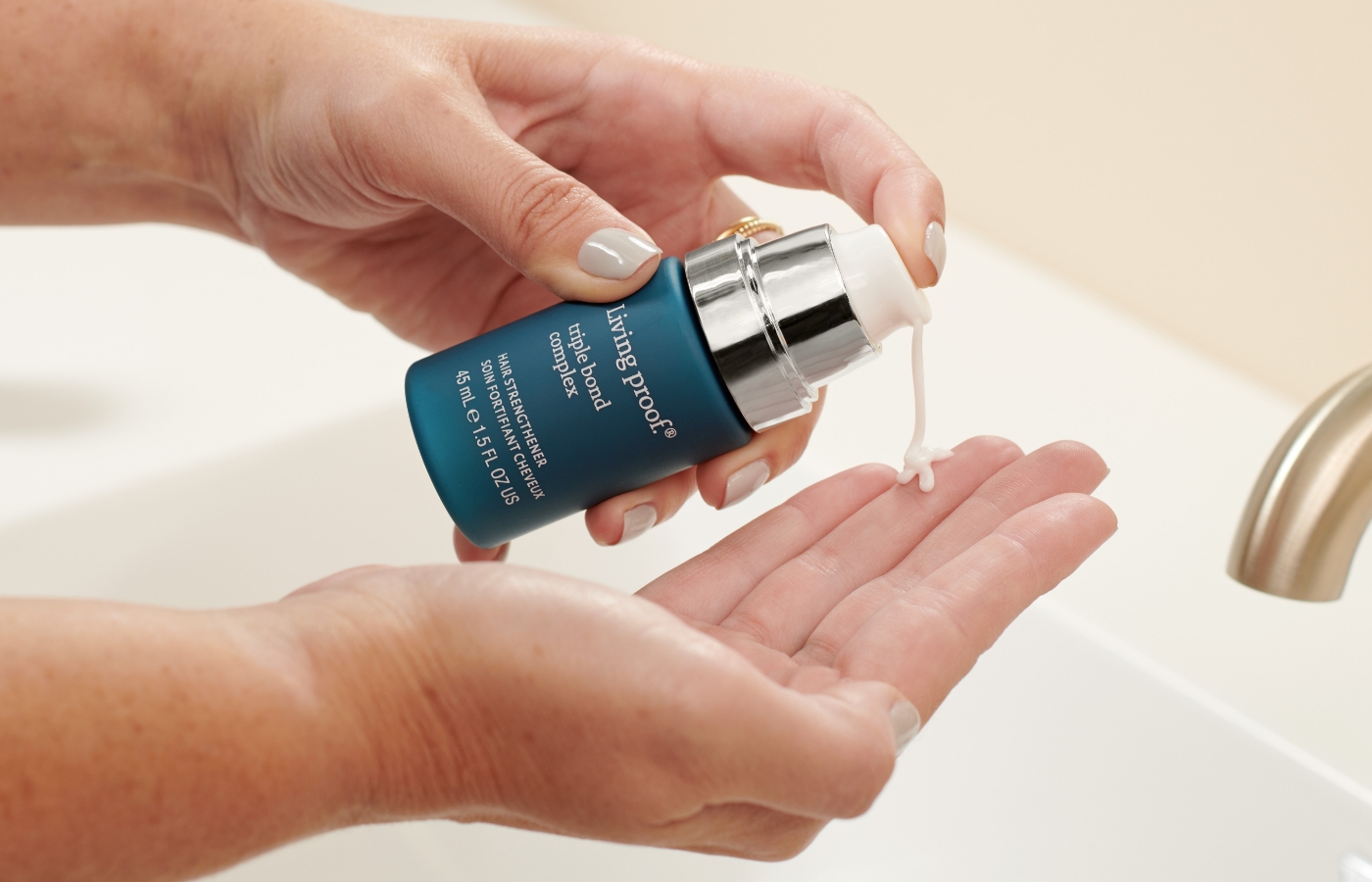
Schedule a haircut
If you’re looking for a split end shortcut (or a short bob cut), you can let your hairstylist take over. Cutting off split ends or damaged hair ends is the most effective way of ridding your hair of breakage and frizz.
Unsure what to ask for at the salon? Here are a few pointers:
- Discuss split ends with your stylist – Hair stylists can identify split ends on sight. However, addressing your concerns upfront can give them a better idea of what you’re looking to get out of the session, especially if you’re curious about how to hide split ends.
- Decide on length – Sometimes, cutting off all your split ends means sacrificing hair length. Make your intentions clear before they start snipping.
- Ask them for advice – After an entire session of working with your hair and dry ends, your stylist should understand what you need from a haircare product. Take home a new hairdo and some goodies to try out.
How often should I cut my hair?
One of the best ways to stay on top of split ends involves scheduling regular trims. Regardless of your hair type or length, experts agree that you should book yourself a hair appointment every 6-8 weeks.
Practice safe brushing
One of the most common causes of split ends derives from unhealthy brushing habits. There are many differing opinions about the benefits of brushing. So let’s break through the brush barrier together.
If you have straight hair, you probably have lots of questions:
- Is wet brushing bad for hair? If you have straight hair, you should avoid brushing your wet hair when possible. It can lead to excessive tugging and hair breakage.
- How should I detangle my hair when wet? If you need to detangle your hair right away, a wide-tooth comb will likely yield the best results. Detangler brushes designed for damp hair can work as well. Just use a gentle hand.
- What type of brush should I use? Once your hair dries, you can use a brush. Opt for a high-quality bristle or detangling brush. Brushes with balls at the end of each bristle can often cause more tangles.
What if I have curly hair?
Whether you have 2B curls or 4B curls, you should brush your wet hair. Though your hair is still vulnerable when wet, it’s less susceptible to tangling and breaking than when dry. Invest in high-quality detangling wet brushes or wide-tooth combs and use a gentle hand when brushing.
Condition your hair regularly
If you’re looking for a way to prevent split ends when washing hair and nourishing your hair’s shine simultaneously, you should look into deep conditioning and consider a smoothing conditioner to help alleviate frizz. Conditioning has proven to decrease the likelihood of dry ends significantly.2 Plus, it’s seamless to implement into your haircare routine.
Practice these deep conditioning rules of thumb to ensure success:
- Use deep conditioner sparingly – Deep conditioning should only occur every 7-10 days.
- Read your label carefully – Follow the haircare instructions precisely for optimal results.
- Use the correct product for your hair type – Discover your ideal haircare package.
- Focus on your ends – Over-conditioning your scalp can lead to excess oil.
Try our silicone-free hair mask for a treatment that works. Add strength, shine, and softness to your hair in one fell swoop. You may also consider trying our hair repair treatment product to further enhance the smoothness and strength of your tresses.
Try hair oil
When it comes to hair follicle care, hair oils can work to bind the hair follicles on your tresses.3 Applying small amounts of oil to your damaged hair can not only strengthen it, but also provide hair strand protection against tangles and snarls.
Treat yourself to replenishing hair products that include oils such as:
- Coconut oil
- Argan oil
- Olive oil
- Castor oil
- Sesame oil
- Almond oil
Keep split ends from taking over with the power of preventative action. Discover the benefits of hair oil today, and let the transformation begin when you begin your split end treatment.
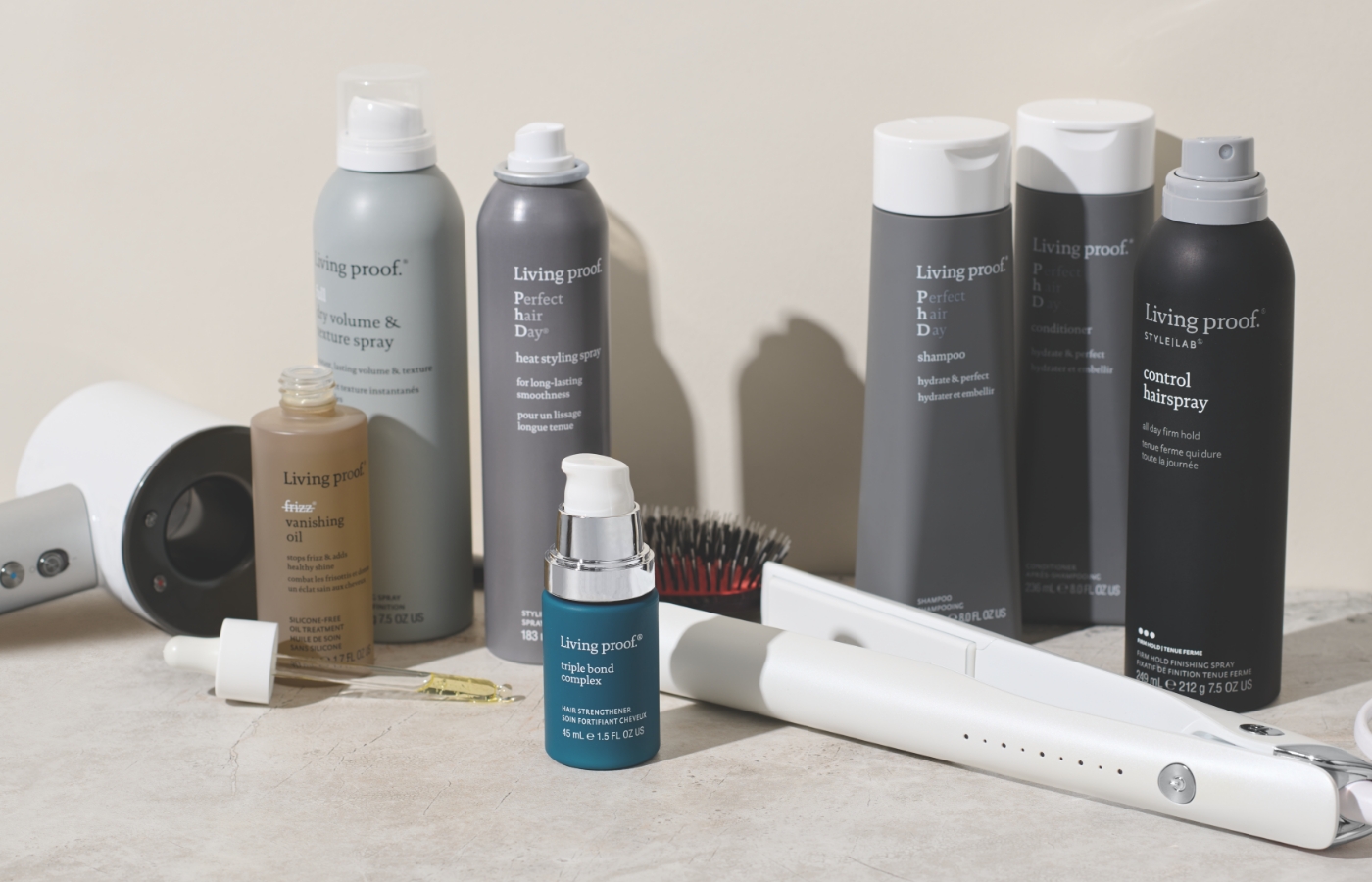
Become the Living Proof of proper haircare
Cherish your hair with the care it deserves. Implementing gentle grooming habits into your daily routine can lead to a lifetime of lovely locks and improved hair health. And at Living Proof, we’re all about achieving our highest hair potential the right way.
Our products challenge the status quo by combining scientific-backed methods and wholesome ingredients. If you’re looking to revamp your haircare routine and treat your split ends the right way, take our hair quiz and browse our hair products online to provide your locks with the attention they deserve.
- The University of Melbourne. Is This The (Split) End? https://blogs.unimelb.edu.au/sciencecommunication/2016/08/10/is-this-the-split-end/
- Gavazzoni Dias, Maria Fernanda Reis. “Hair cosmetics: an overview.” International journal of trichology vol. 7,1 (2015): 2-15. doi:10.4103/0974-7753.153450. https://www.ncbi.nlm.nih.gov/pmc/articles/PMC4387693/
- Sinclair, Rodney D. “Healthy hair: what is it?.” The journal of investigative dermatology. Symposium proceedings vol. 12,2 (2007): 2-5. doi:10.1038/sj.jidsymp.5650046 https://pubmed.ncbi.nlm.nih.gov/18004288/
- Wong-Shing Kim. “How to Prevent Hair Breakage Before it Happens.” Naturally Curly. https://www.naturallycurly.com/curlreading/regimen/how-to-prevent-hair-breakage-before-it-happens
